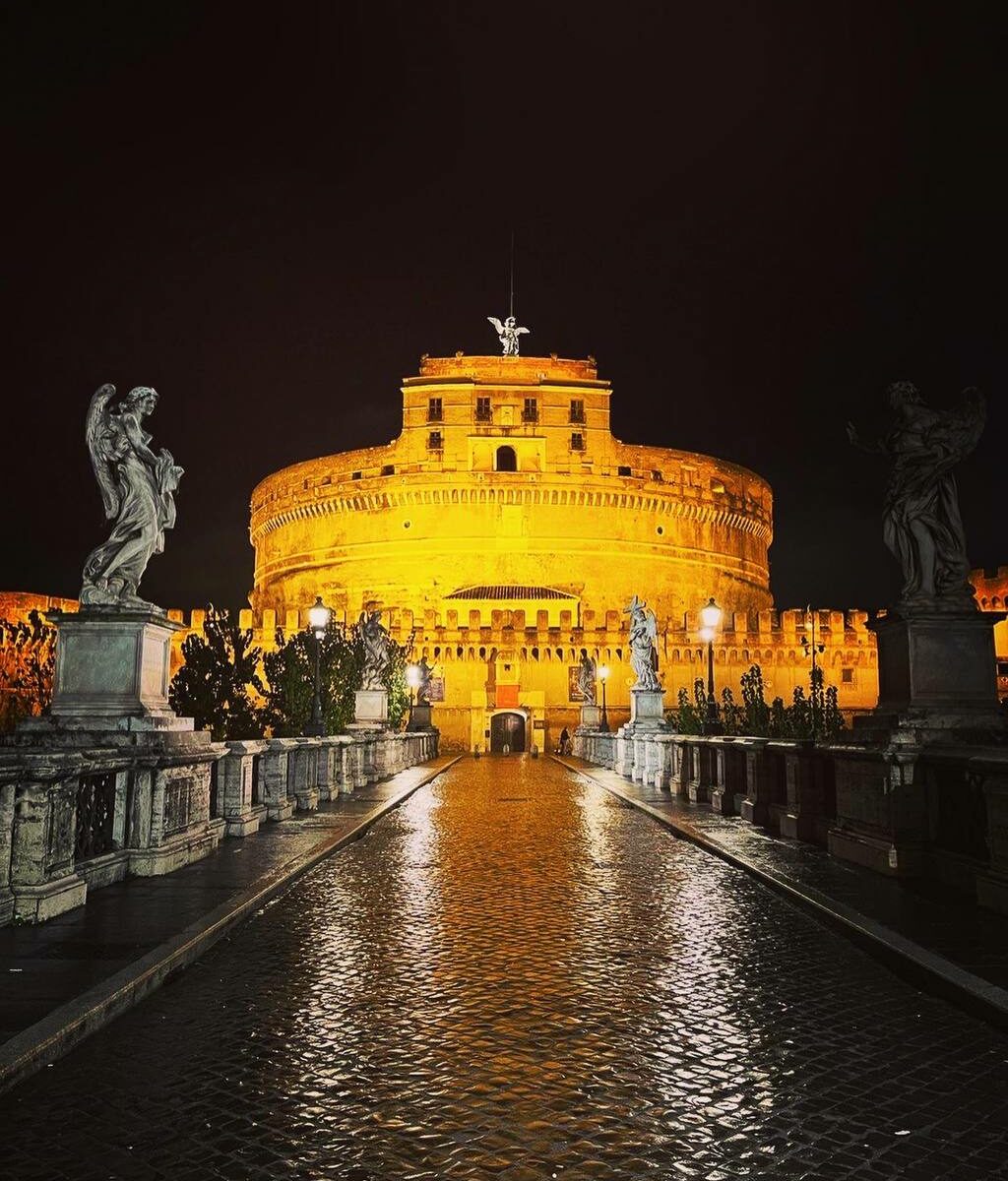
Italian philosophy of life in contrasts (p. 12): Castel Sant’Angelo
Speaking of the contrasts of Rome, one cannot fail to mention Castel Sant’Angelo. A unique fortress in Rome connected to the Vatican by a secret passage. For almost 2000 years, the structure has held rich historical significance as a mausoleum, Papal residence, treasury, museum, castle, and even a prison.
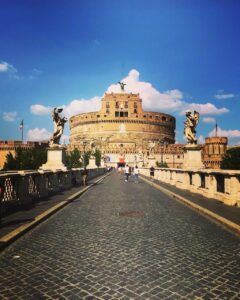
The history dates back to 130 AD when the Roman Emperor Hadrian chose the location for his burial and that of his dynasty. The mausoleum was designed following the model of the great Emperor Augustus’s mausoleum but on a much grander scale. Construction was completed by Hadrian’s successor Antoninus Pius in 139 AD.
The structure remained unused for over half a century until defensive walls were built around the mausoleum, transforming it into a fortress that protected the city from barbarian invasions.
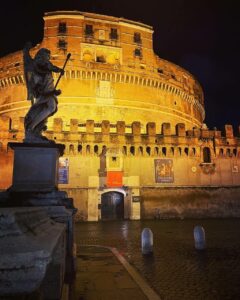
According to legend, the modern name emerged in 590 AD during a plague that swept through Rome, killing entire quarters. To seek mercy from God, Pope Gregory the Great organized a procession across the Ponte Sant’Angelo toward St. Peter’s Basilica. Above Hadrian’s mausoleum, he saw an angel sheathing a flaming sword. It was seen as a divine sign, heralding the end of the plague. The Pontiff erected the first wooden statue of an angel in commemoration of this vision. Over time, five statues have replaced the original.
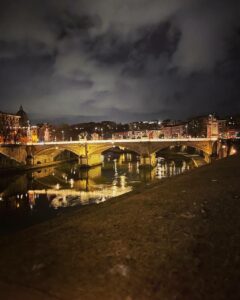
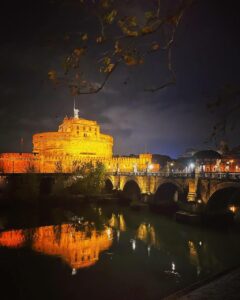
During the exile of the Roman Popes, in 1367, the keys to the castle were given to Pope Urban V to facilitate his return to Rome. Castel Sant’Angelo became a refuge for the Roman Pontiffs. Pilgrims traversed the Ponte Sant’Angelo to catch a glimpse of the Pope.
Later, the castle housed prisoners suspected or accused of conspiring against the Pope. Aristocrats, cardinals, notable individuals, and outstanding figures, including scientists-astronomers like Galileo Galilei and Giordano Bruno, spent time in its dungeons.
Today, near the castle, there is Hadrian’s secret park with a remarkably tranquil atmosphere. Castel Sant’Angelo serves as a valuable museum, surrounded by fairs, musical performances, and art exhibitions.
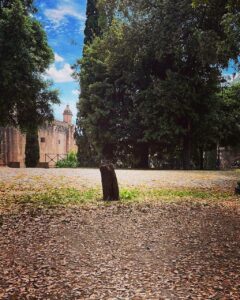
Castel Sant’Angelo remains not only a historical monument with a unique history but also a mysterious castle still shrouded in countless medieval legends…









